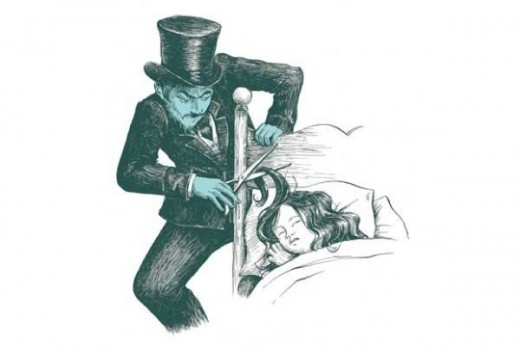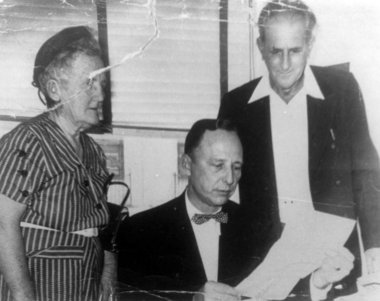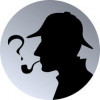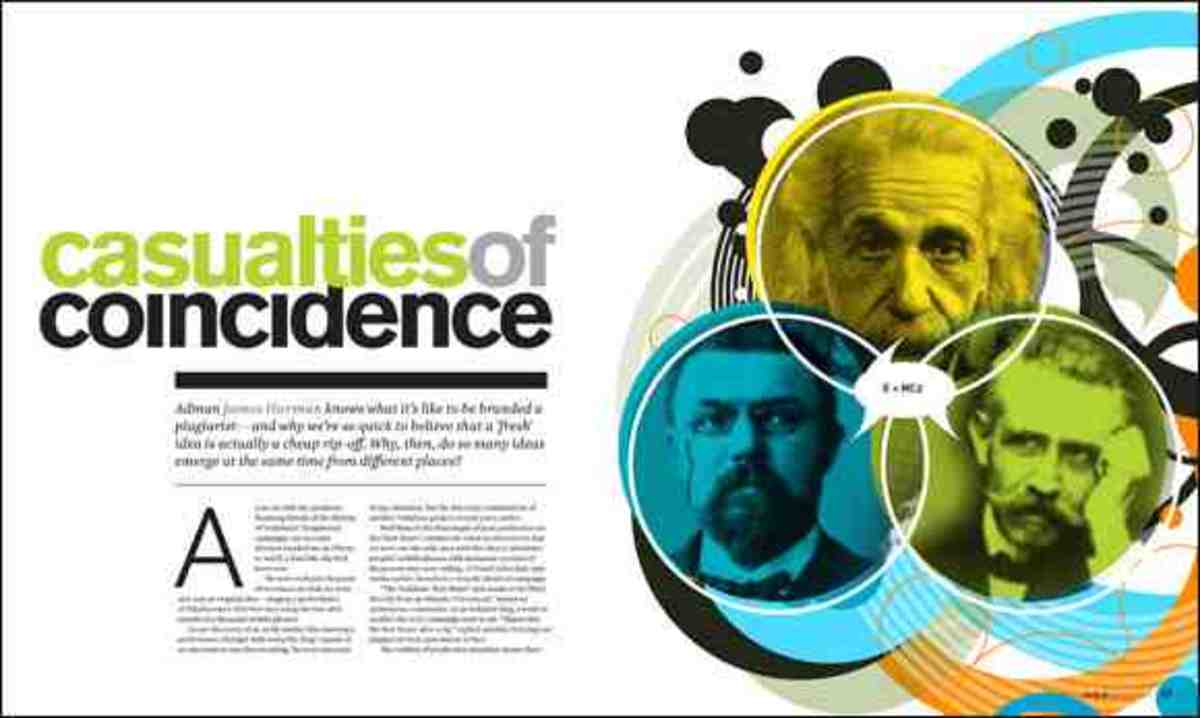Pascagoula Phantom: Taking a Piece of His Victims

The year was 1942. The place was a small though rapidly growing Mississippi town named Pascagoula. Recently, an unsettling ritual had begun under the furtive cover of darkness. An individual (identified as a “phantom”) was invading the homes of Pascagoula citizens in search of trophies. The intruder seeks to remove something very personal from his victims…in fact, a part of their bodies! The deranged phantom carries a pair of scissors to acquire these mementos from his victim. While the innocent sleep, the madman uses this tool to remove their….hair.
Pascagoula experienced explosive growth during the early 1940s. It had gone from a sleepy little village of not quite 2,000 people, to a rather bustling mid-sized town of 15,000 plus residents in a matter of a few years. This remarkable growth was due to the war in Europe. Most of the fresh-faced citizenry in town was composed of new employees required for the increased demand for warship production; which was the industry on which the southern berg was founded. As the population, city officials, and law enforcement soon realized however: with vastly increased numbers comes vastly increased possibility of the eccentric, the odd, and the disturbing.
The nocturnal escapades of the mysterious person labeled “The Phantom Barber” by local newspapers began in June. Despite increased scrutiny and security due to Army regulated blackout requirements, the Barber managed to move about undetected throughout Pascagoula, and accomplish his errands undeterred. The modus operandi was to cut a slit in a window screen, thereby gaining entrance to the home; silently creeping to the bedside of a sound sleeper (in one case, a handkerchief doused in chloroform was administered); then complete the acquisition of the souvenir. Sometimes, the Barber took only a lock or two; other times, he claimed the entire head of hair—there did not seem to be rhyme or reason there. However, the culprit did have a predilection in his choice of quarry; the victim was always female, and the majority had blond hair. Moreover, what is perhaps the most unsettling aspect of the affair is the single commonality of all of the Barber’s crime scenes: nothing else in the invaded homes was taken…or even disturbed.
The baffling crime spree began on a Monday, when two young girls residing in the Lady of Our Victories convent received a complimentary trim while they slept. On Friday of that same week, a six-year old girl who was visiting the home of family friends with her parents awoke suddenly and instinctively reached for her shoulder-length blond locks. “Why…why…where’s my hair?” she stammered as her hand grasped empty air. In the latter case, however, the “Phantom” Barber betrayed a definitively tangible form. The print of a man’s bare foot in sand was left behind on an unoccupied bed in the same room.
At this point, the town of Pascagoula was in a frenzy. Women refused to venture out at night. There was a massive influx of pistol permits submitted by men. Ill-prepared law enforcement swore in and armed six volunteer deputies. Even the city’s first police-issue bloodhounds were acquired to help track the seemingly ethereal phantom. Yet it was to no avail, as the mystifying perpetrator continued on his nighttime quests unhindered. However, during Friday evening of the second week of the Barber’s siege, an incident occurred which changed the dynamic of the situation…and made it much more threatening.
Someone gained access to the home of Mr. and Mrs. Terrell Heidelberg by employing the technique of the Barber. However, after slitting the screen to attain admittance, the assailant viciously attacked the couple as they lay in their bed. Instead of claiming a quantity of hair, the perpetrator claimed Mrs. Heidelberg’s two front teeth with a swift blow from a solid iron bar which rendered her unconscious. The fiend proceeded to apply the same instrument to Mr. Heidelberg’s skull, to prevent him from raising the alarm. Afterward, neither victim (both of whom survived the incident) was able to describe their attacker, as he had acted so swiftly and ferociously. As before, however, the intruder left behind a clue. The up-until-this-point ineffective bloodhounds were able to locate a pair of blood covered gloves discarded in nearby woods. The canines followed the scent further into the trees, where evidence suggested the suspect had mounted an awaiting bicycle to escape.
The final incident in the crime wave occurred two weeks later on a Sunday. This time, the details replicated the early unsettling but unquestionably more benign pattern of the Barber. A two inch long gray curl from the head of Mrs. RR Taylor was the only body part that was violated that evening. Mrs. Taylor reported that she heard a sound around midnight, was instantly overcome by an awful smell, and regained consciousness in the morning feeling horribly ill… sans her curl. Ostensibly, she was the victim on whom chloroform was applied. As previously mentioned, this incident was the conclusion of the bizarre crime spree as a major event was about to take place.
In August, the police chief announced that the Phantom Barber, who had broken into at least ten residences, had been apprehended. The suspect was William A. Dolan, a 57 year old chemist who had received his education in Germany. He was specifically charged with the attempted murder of the Heidelbergs. Previously, Dolan had been arrested for trespassing; and the local magistrate, who also happened to be Mr. Heidelberg’s father, had refused to lower Dolan’s bail. At the time, this had enraged the accused—and provided motive for the crime. While the Heidelberg assault was the only crime of which Dolan was ever convicted (he was sentenced to ten years in prison), certain tantalizing evidence inextricably entwined his name with the identity of the Phantom Barber.
First, Dolan had employed the Barber’s signature method for gaining entry to the Heidelberg residence. Secondly, clumps of hair were found in the backyard of Dolan’s home during the search. Thirdly, Dolan had made public statements which betrayed empathy for the German cause in the European Theater. As forthcoming United States’ involvement in World War II became more and more certain, Dolan became known as a Fifth Columnist: a group of seditionists and traitors who sought to undermine the opposition to Germany from within. The majority of citizens in Pascagoula concluded that Dolan was stealing the hairs to be utilized as crosshairs in bombsights produced in Axis munitions plants. The inherent demoralization that it would foist upon the scores of local American workers would just be an added benefit. Finally, the bizarre midnight hair thefts ceased after Dolan was taken into custody. While the evidence suggesting that Dolan was the Barber is substantial, subsequent expert evaluation since the crime spree casts a shadow on the presumed “closed” nature of the case.
Contemporary criminologists and profilers are not as certain regarding Dolan’s guilt. They point out that the severity or the Heidelberg attack belies a psychosis that is several degrees advanced beyond the calm and nerveless disposition that was required of the Barber. These trained minds also observe that “collective” criminal psyches like the Barber would possess would treasure their “trophies” (such as a cache of hair) in a well-guarded and hidden place—not carelessly leave them out in the open to be discovered. Furthermore, the one undeniable piece of Phantom Barber evidence (the sandy footprint) was never definitively identified as Dolan’s. Finally, modern theories have emerged that the “real” Barber, ready to retire or move to a new locale to set up shop, may have taken advantage of Dolan’s highly-publicized arrest by planting evidence to frame him and, in so doing, gain a fresh start.
In 1948, while his case was being reviewed by Mississippi governor Fielding Wright, Dolan passed a lie detector test. He had steadfastly denied involvement in any crime from his initial arrest. He was released a year and a half early, and never ran afoul of the law again. In 1951, Dolan moved to Bay St. Louis with his wife, ran a small shop for the remnant of his career, and faded into history.
The identity of the Phantom Barber of Pascagoula remains one of the most inscrutable mysteries in recent memory. The unsettling and odd behavior of this iconic figure continues to ignite speculation and postulation of theory. Did authorities truly apprehend the correct man; or did he use the diversion to seek new hunting grounds? Whatever the case, the Barber kept a Mississippi town on the edge for the entire summer of 1942.






